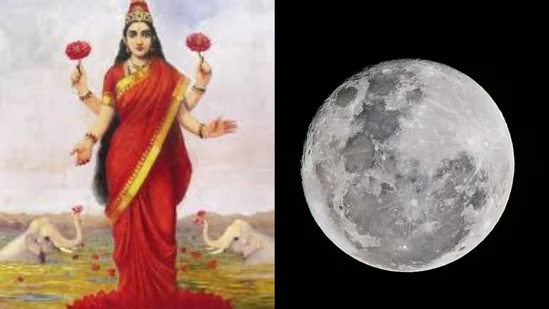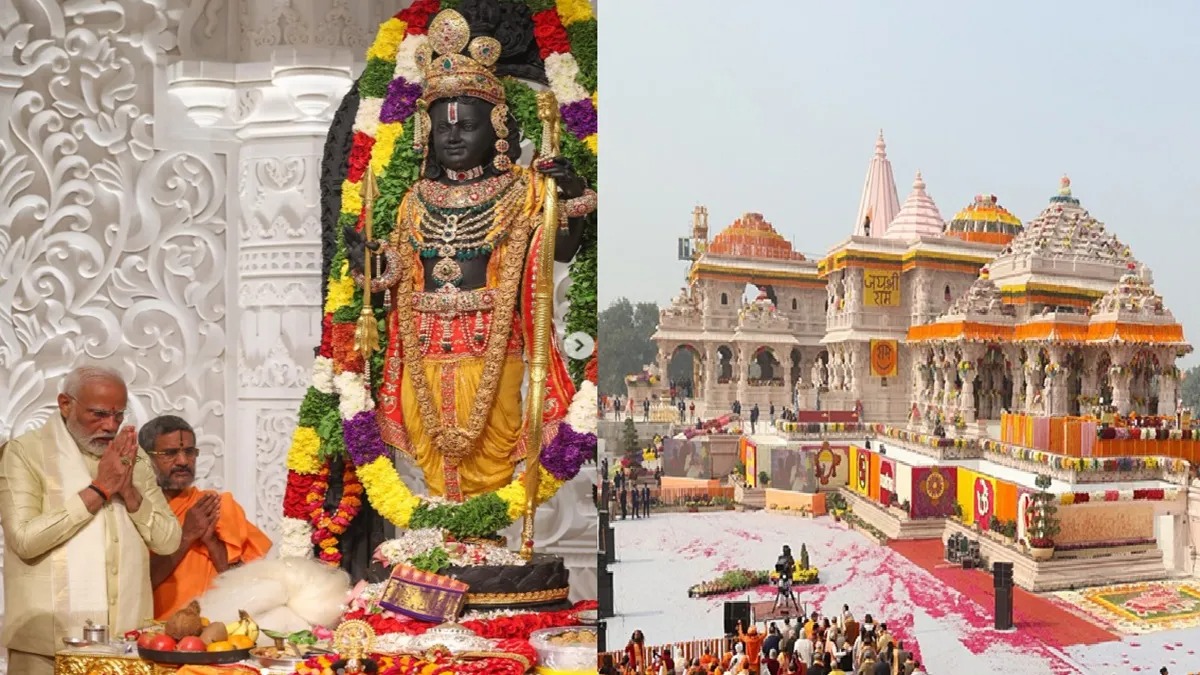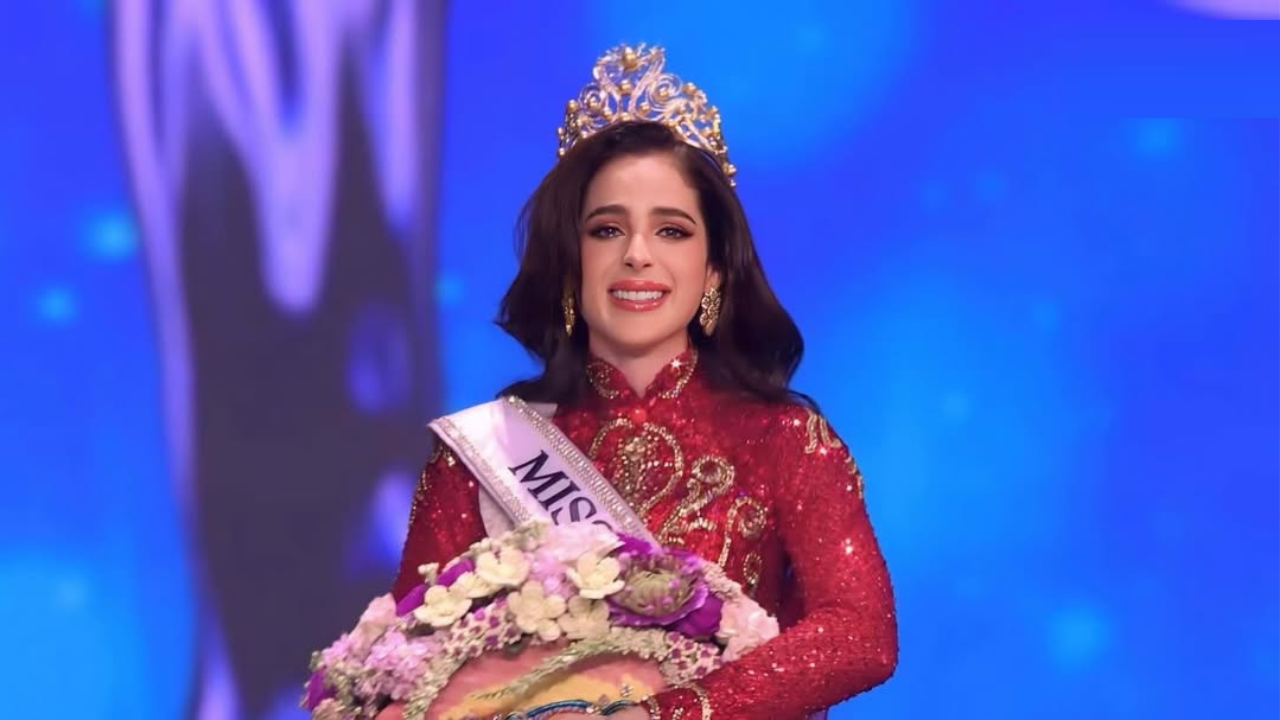Sharad Purnima, known by a series of different names like Sharad Poonam, Raas Purnima, and Ashvin Purnima, is a major Hindu festival celebrated on the full moon night of the Ashvin month. But across the east and northeast, it is celebrated much more differently. Take a look at their unique rituals and how they welcome Goddess Lakshmi into their homes.
Cultural significance in east and north-east
Sharad Purnima is intricately tied to the end of Durga Puja, celebrated shortly thereafter as Kojagari Lakshmi Puja. The festival typically falls within a week of Durga Puja, coinciding with Kojagori Purnima which is the the full moon night in the Ashvin month. The story, according to sage Valakhilya is — on the night of Kojagiri Puja, Goddess Lakshmi descends to earth and blesses her devotees who stay awake through the night and perform the ritual with abundance. Those who fast are believed to be rid of poverty and misfortune. Devotees therefore believe that on this night, Goddess Lakshmi blesses the households that are prepared to receive her. The importance of maintaining cleanliness and adhering to tradition is underscored in local folklore, warning that neglect may lead to losing the goddess’s favour.
West Bengal
Additionally, the term ‘Kojagari’ comes from the Bengali phrase ‘Ke Jago Re’, meaning ‘who is awake’. On this night, it is believed that Goddess Lakshmi travels the earth, alleviating the troubles of those who stay awake through the night to honour her. Families adorn their homes and temples with diyas, creating a warm and inviting atmosphere for the Goddess.
Odisha
In Odisha, unmarried girls rise before dawn to take a bath and don new attire. They collect seven varieties of fruits and flowers to offer in handfuls to the rising sun, repeating this ritual seven times by the Brundabati (Tulsi plant).
The girls then present ‘chanda’ to the moon — a special dish made from fried paddy, sweets, jaggery, bananas, coconut, sugarcane, cucumber, honey, ghee, ginger, and milk. This offering is later enjoyed as prasad. The evening festivities include singing, dancing, and playing games and singing traditional songs.
Assam
In Assam and other northeastern states, the spirit of Sharad Purnima comes through in what is known as Lokkhi Puja. Devotees come together, dressed in their finest attire, to partake in the puja, which includes prayers not only to Lakshmi but also to various deities, depending on local customs. In many households, Saraswati, the goddess of knowledge, and Kubera, the divine treasurer, are also honoured.
Prasad offerings typically feature sweets, moong dal, gram, and fruits, all made with great care and devotion. Maintaining a clean home is crucial, as it is believed that Lakshmi favours the cleanest spaces with her presence. Additionally, drawing rangoli at the doorstep symbolises a warm welcome for the goddess.
The rituals
The rituals of Kojagari Lakshmi Puja or Lokkhi Puja involve several key practices. Devotees are encouraged to remain awake throughout the night, believing that this vigilance earns them the goddess’s blessings. To ensure her safe passage, homes are adorned with diyas from the entrance to the altar, symbolising hope and protection against negativity. Sound also plays a vital role in the observance. Families maintain a serene environment, allowing only the sound of conch shells, as loud noises are thought to frighten Goddess Lakshmi. This tranquillity fosters a deeper connection with the divine. The observances, rituals, and reverence for Goddess Lakshmi highlight a profound connection between the devotees and the divine.











